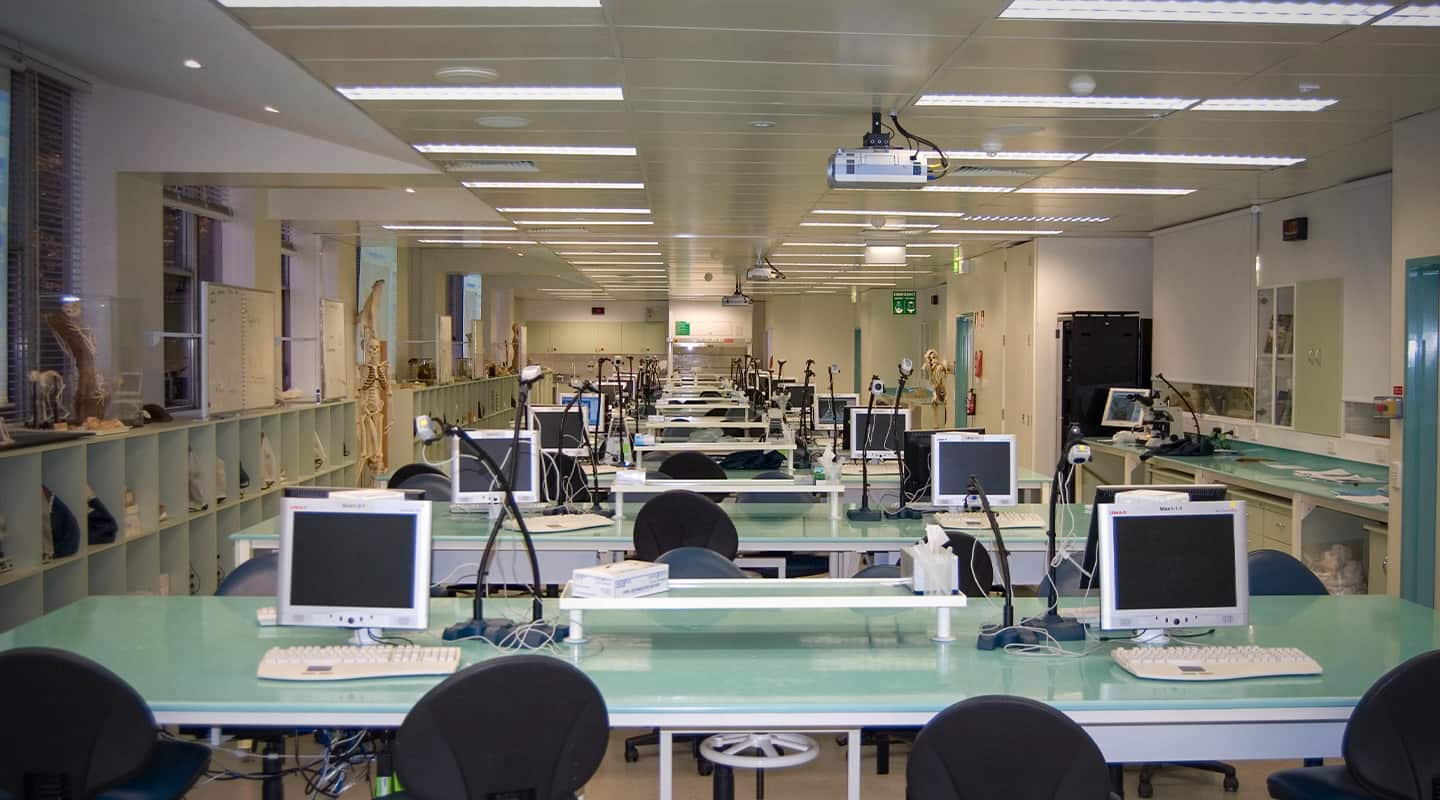
High-Wire Educators
AV tracks the rapid changes in the education sector. Then buggers off to the student union bar.
Text:/ Jonathan Ciddor
The last decade or so has seen tertiary institutions around the country employing highly-skilled audiovisual systems managers to draw together a seemingly endless array of audiovisual paraphernalia into coherent, integrated, future-oriented and user-focused solutions for the teaching spaces. While they are busy playing this game of three-dimensional chess, maintaining their installations and training educators not to break them, they are burning the midnight oil doing what they love to do: designing new systems and upgrades, and then making them happen.
Their huge challenge is to ride the bucking bronco that is the bleeding edge of AV technology, work out what is on offer and if it has real value; how it uses IT platforms; and then to run a book on which technology will be adopted and why. What could be simpler?
Every tertiary institution is an autonomous body, and each has its own approach to managing AV. Most AV departments (known by an amazing variety of names), have arrived at their present position as a result of the history of the campus and its management regimes, and the outcome of the odd turf war or two between administrative divisions.
AV VS IT
Although faculties, schools, divisions and departments get merged or renamed with monotonous regularity, it’s interesting to note that AV frequently remains an independent unit, even if nominally placed in an IT department. It is usually explained away with, “Oh they just don’t understand AV” or “The IT guys aren’t interested in getting up a ladder to fix a projector or change a lamp”.
However, ask the AV managers and staff about IT issues and they know them all, and then some. The reason is fairly straight forward: For many years they sat in project meetings and were told “You can’t do that”, “That won’t work” “You are not putting that on our network.” So they have built their own networks, solved their own problems and only involved IT staff when required. As a result the accumulated knowledge, while with a different focus, has delivered some fantastic solutions for teaching and training. This is the real strength of these AV departments as they have pioneered a way through the minefield of using IT platforms in everyday solutions.
The University of Canberra were one of the first to develop the technology to stream lectures out of the classrooms and into the ether for consumption by the sick, the sleepy and the overcommitted. The University of Western Australia has taken this platform a step further and commercialised iLecture to address this market.
As described in detail in AV Issue 1, the University of Technology, Sydney, manages 250 rooms over three campuses, spread across 15 kilometres of inner and suburban Sydney, and, with the help of RoomView software from Crestron, can view the status of all of their rooms on a single monitor. They can provide online support through the same screen as well as knowing if the projectors are turned on and how many hours before a lamp change is due.
HETEROGENEOUS NETWORKING
At the University of Newcastle, they are trialling this a step further, by using RoomView to monitor installations controlled by a range of control platforms from a variety of manufacturers’ systems including their installations of AMX’s Pro 3 and Netlinx control systems. These guys don’t take no for an answer. They are pushing the boundaries of what’s possible.
They also support video conferencing on their suburban Newcastle and inner-city campuses, along with those at Ourimbah (Central Coast) and the regional campuses of Orange, Tamworth, Port Macquarie and Taree, as well as the University Department of Regional Health and the Centre for Rural & Remote Mental Health.
As a result of these challenges and the rapid growth of the technologies, the process of managing the development of their systems has also changed. A decade ago it was common practice for tertiary institutions to outsource their systems design to independent consulting engineers and AV system designers. It allowed them to remain at arm’s length from the manufacturers and ensure the robustness of the tender process. Projects were generally delivered on a turnkey basis.
The shortcomings of this process became very clear when it got very difficult to get contractors back on site within the constraints of the institutions’ operational timetable. There was little continuity of service and support staff. Institutions also found it difficult to change from their existing control platform, often chosen by a previous supplier. Most importantly, there were significant battles over the intellectual property of the programming code. Let me elaborate:
INTELLECTUAL PROPERTY OWNERSHIP
Contractors would design the program code to deliver the functionality required by the specification and would install it into the controllers. The systems worked, the project was signed off, the contractors were paid, the warranty period was met, and everyone was happy. But when the institution wanted to make some changes, they had no choice but to involve the original contractor, as the institution was locked out of code owned by the contractor. There were myriad problems over who owned what rights over the code.
Today’s AV departments are small, diverse, vibrant, customer-focused units. There are teams delivering rapid and precise support to academic staff to ensure that lectures and presentations keep running, as there just isn’t the time or the venues to relocate a lecture theatre full of students if an AV system fails. With teaching spaces commonly operating from 9.00am to 9.00pm, and regularly providing industry training and community access at weekends, frequent rescheduling is not an option.
STAYING ON SITE
Other teams work night shifts and weekends to get into the rooms and provide the maintenance that keeps these systems in good condition. Then there are the teams designing and testing new solutions and upgrades, planning the project implementation, and preparing the schedules for the institution’s central purchasing.
Within these teams are the system programmers and installers who build and fit-off the racks of equipment and commission the systems. What can be better than having the engineer or technician who built the system onsite and available to support it. It’s a lot faster and the in-house accumulation of knowledge is invaluable. It is easier to push the boundaries from a known base.
Each summer, as the academic year slows, it is common to hear that an AV department has to deliver 40 to 50 upgrades and new installations. But their windows of opportunity are always shrinking with more summer schools and short-course programs.
After recent visits to two city and three regional campuses, it is enlightening to see how each faces their challenges. It’s reassuring to see ridgy-didge Aussie resourcefulness hasn’t been lost in this hi-tech, rapidly moving industry. Though the tools have changed from a pair of pliers, a piece of fencing wire, some rusty nails, a jam tin and a ute, to a delicate pair of wire cutters, a punch down tool, some black boxes, blue string and a fast network, these guys can create a solution for almost anything AV.



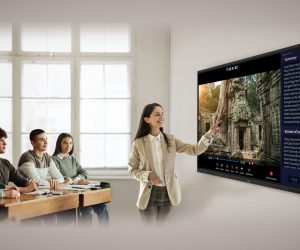

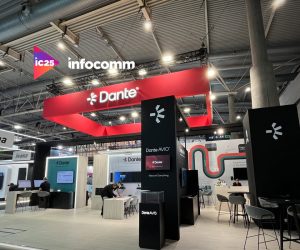

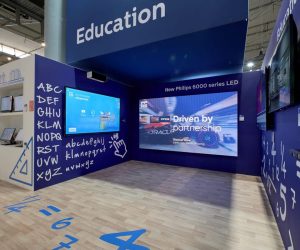
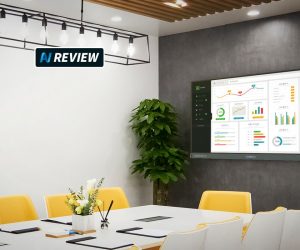


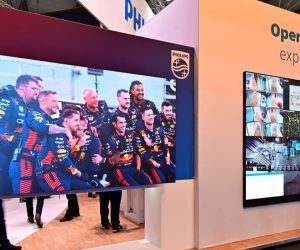
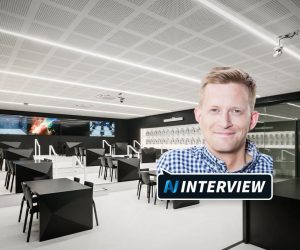


RESPONSES